Landscaping tip
ditaroy
16 years ago
Related Stories

GARDENING GUIDES10 Tips to Start a Garden — Can-Do Ideas for Beginners
Green up your landscape even if you're short on time, money and knowledge, with these manageable steps for first-time gardeners
Full Story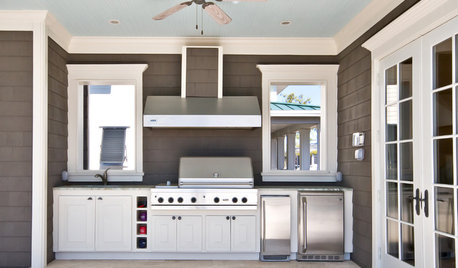
PATIOSTips for an Outdoor Kitchen That Lets You Enjoy the Party
Be part of the fun with an outdoor kitchen where you can mingle with guests, prep with ease and cook to your heart's content
Full Story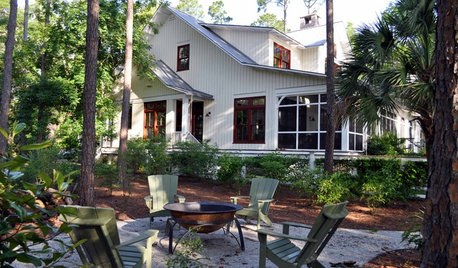
GARDENING AND LANDSCAPING10 Tips for Using Outdoor Fire Bowls
How to get your summer campfire fix on the patio
Full Story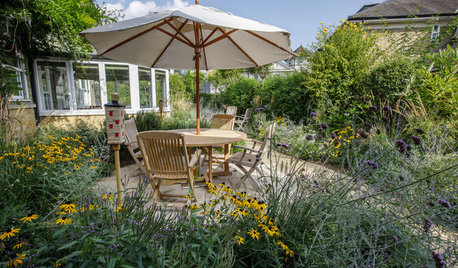
LANDSCAPE DESIGN4 Tips for Creating a Small Garden That Welcomes Wildlife
Win over birds, bees, butterflies and neighbors with these design strategies
Full Story
URBAN GARDENS9 Urban Gardening Tips From Hong Kong Rooftops
Create a refuge from city chaos with these ideas gathered from rooftops as practical as they are picturesque
Full Story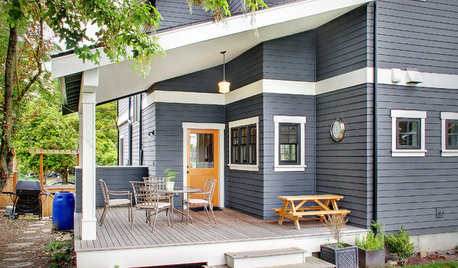
EXTERIORS5 Easy Tips for Choosing Your Exterior Paint Palette
Make your home the talk of the neighborhood — in a good way — with an exterior paint scheme that pops
Full Story
FARM YOUR YARDHow to Grow Vegetables in Containers
Get glorious vegetables and fruits on your patio with a pro’s guidance — including his personal recipe for potting mix
Full Story
GARDENING GUIDESEssential Watering Tips for Your Edible Garden
To give your edible plants just what they need, check out these guidelines for how, when and how much to water
Full Story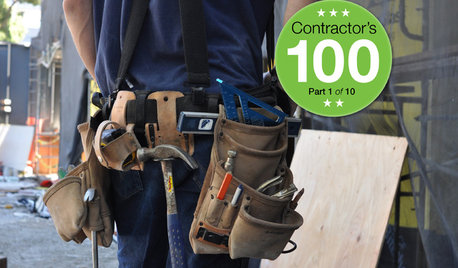
REMODELING GUIDES100 Contractor Tips to Read Before You Remodel
Have a better remodel experience with tips from a contractor on how to plan, shop and communicate
Full Story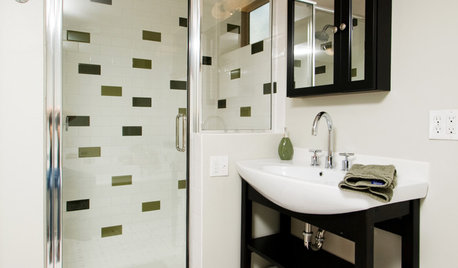
REMODELING GUIDESContractor Tips: 5 Easy Ways to Get a Greener Home
Forget a fleet of solar panels (for now). These ideas can make your home a whole lot greener when money or time is in short supply
Full Story





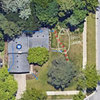
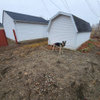
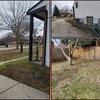
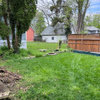
Judy_B_ON
zuni
chris_ont
ditaroyOriginal Author
kek19
burdhntr
ditaroyOriginal Author
chrismich250
whynotmi
ditaroyOriginal Author
wannab
ditaroyOriginal Author
grannymarsh
ditaroyOriginal Author
grannymarsh
ditaroyOriginal Author
whynotmi
grannymarsh
ditaroyOriginal Author